7 most dangerous jellyfish in the underwater world
Categories: Animals | Nature | Photo project | Society | Tragedy | Water | World
By Vika https://pictolic.com/article/7-most-dangerous-jellyfish-in-the-underwater-world.htmlJellyfish is a unique underwater creature that is 95% water and only 5% solids. We are used to being surprised at the beauty and heterogeneity of the body of a jellyfish, but we often forget that behind the eccentric appearance there is a huge danger in the form of strong poisons that can kill a person in a matter of seconds. In today's selection, we will consecrate the 7 most dangerous, but rather a cute jellyfish, which you should not approach even for the sake of a beautiful photo ...
6 PHOTOS
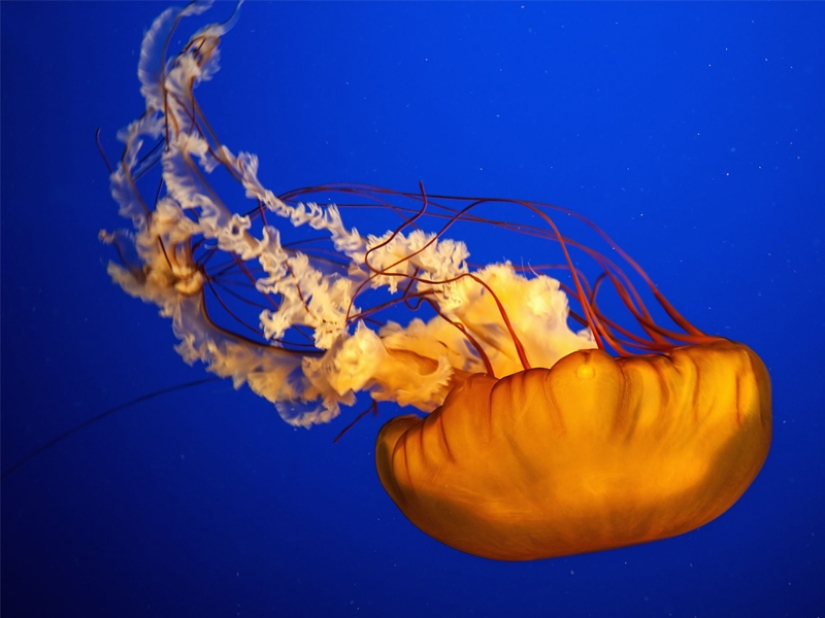
1. Sea Nettle (Chrysaora)
Jellyfish, recognizable by their characteristic golden-brown umbrella, which can reach 30 cm in diameter, and its 24 tentacles can stretch up to 2 m in length. After touching sea nettle, a characteristic rash lasts for about an hour on the human body, not to mention the fact that the “bite” itself is quite painful. One thing pleases - a meeting with this jellyfish does not threaten human life in any way, but caution will not be superfluous.
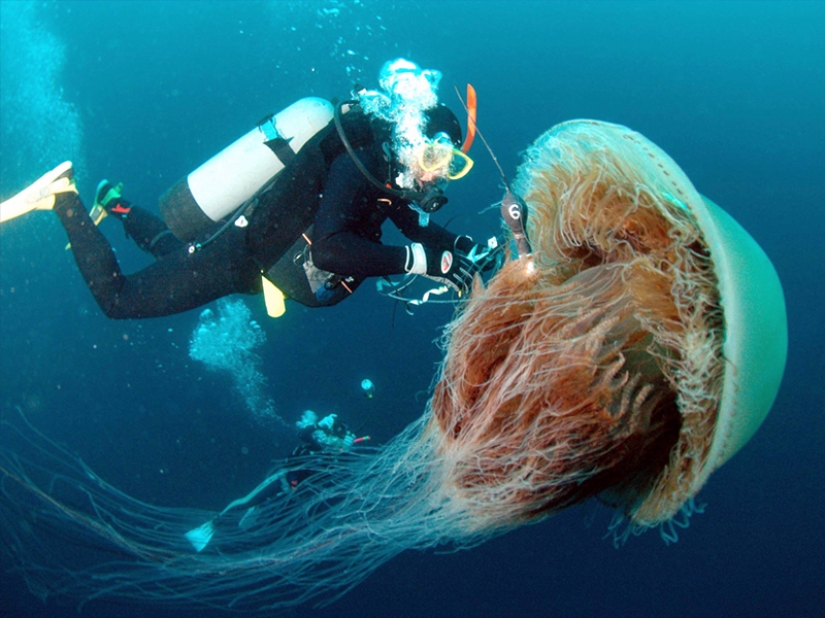
2. Hairy cyanoea (Cyanea capillata)
This jellyfish is also often called the "lion's mane" because of its voluminous tentacles and rather an impressive size. The diameter of the cyanide dome can reach 2.5 m, and the tentacles can reach 30 m in length. The bite of a giant jellyfish is quite painful, and the toxins in the venom can cause allergies in humans or kill small fish. At the moment, only 1 case of death after a burn of this jellyfish has been registered in the world.
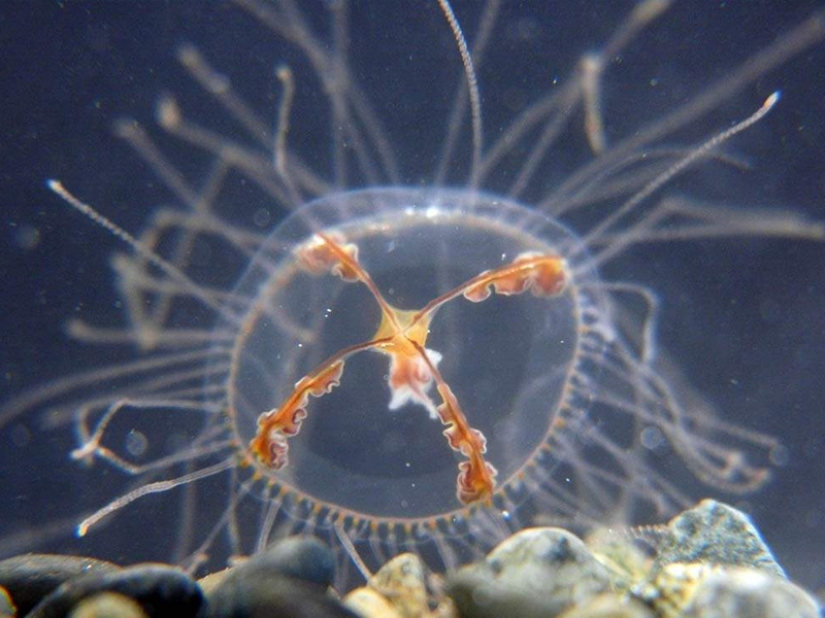
3. Crosses (Gonionemus vertens)
This unique jellyfish has a very characteristic appearance for its name. Under a transparent dome with a diameter of up to 80 mm. you can see a brown cross and 60 thin tentacles, each of which carries a "pouch" with stinging cells. The poison of this jellyfish causes death after the second burn. After the first person, numbness of the limbs, pain in the lower back, difficulty breathing, nausea, and thirst for 3 to 4 days are threatened.

4. Portuguese man-of-war (Physalia physalis)
The second name of the jellyfish is Physalia. Although it is more likely not even a jellyfish, but a whole colony of polypoid and medusoid individuals. The "bite" of the Portuguese boat is extremely dangerous and painful (the sensations are compared to a blow to the skin with a whip). The main risk is the systemic effects of the poison. In severe cases, intense pain is followed by fever, shock, and impaired heart and lung function, which can lead to death. Physicians are used to moving in groups of up to 100 colonies, and sometimes resorts have to close entire beaches because of them!
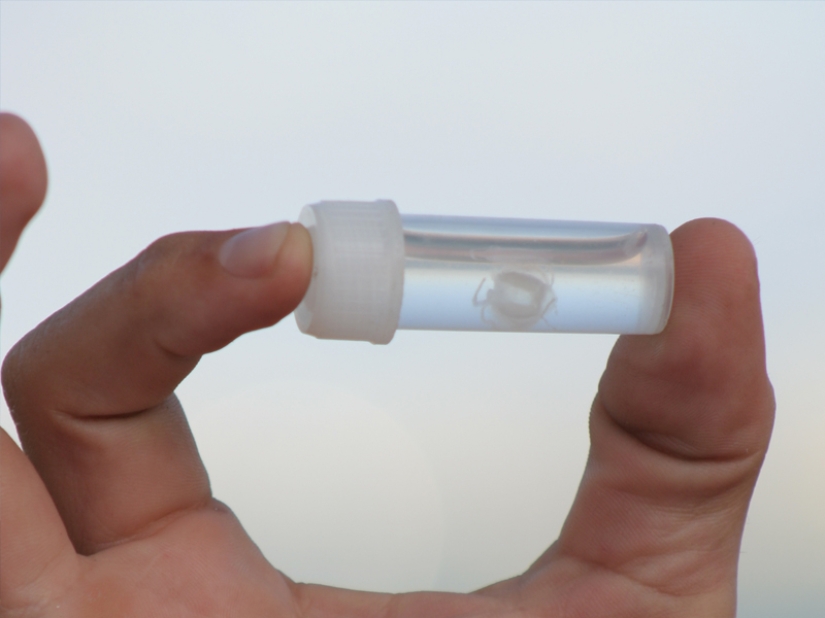
5. Irukandji jellyfish (Carukia barnesi)
The jellyfish itself is only 15–20 mm in diameter, and its tentacles can reach 35 cm in length. Despite the tiny size of the body of a jellyfish, its poison is extremely dangerous and can cause the so-called Irukandji syndrome. A small amount of poison is enough to cause severe pain in different parts of the body, vomiting, spasms, burning of the skin, palpitations, high blood pressure, and acute heart failure. As a result, the “bite” of this jellyfish can be fatal.
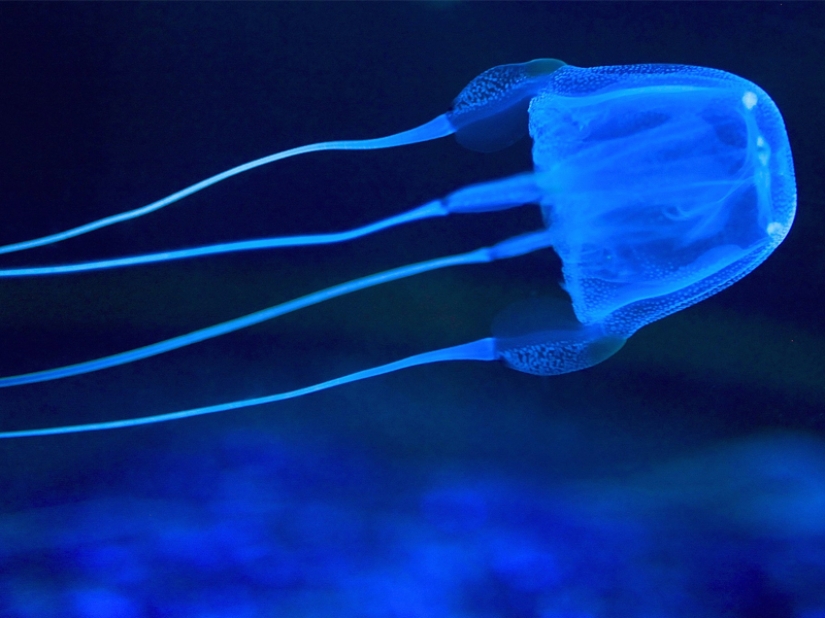
6. Sea Wasp (Chironex fleckeri)
The class of box jellyfish, to which this jellyfish belongs, has about 20 species that live in tropical seas, but the sea wasp is perhaps the most deadly of them. Its tentacles can reach 1.5 m in length, and the venom of one sea wasp is enough to kill 50 people. A fatal outcome after a meeting with a box jellyfish can occur according to different scenarios. Upon contact with a jellyfish, a person immediately begins to feel severe pain in the muscles and paralysis of the respiratory system. The victim may die from suffocation in approximately 1.5 minutes, from a painful shock in 5 minutes, or may simply choke due to pain and suffocation.
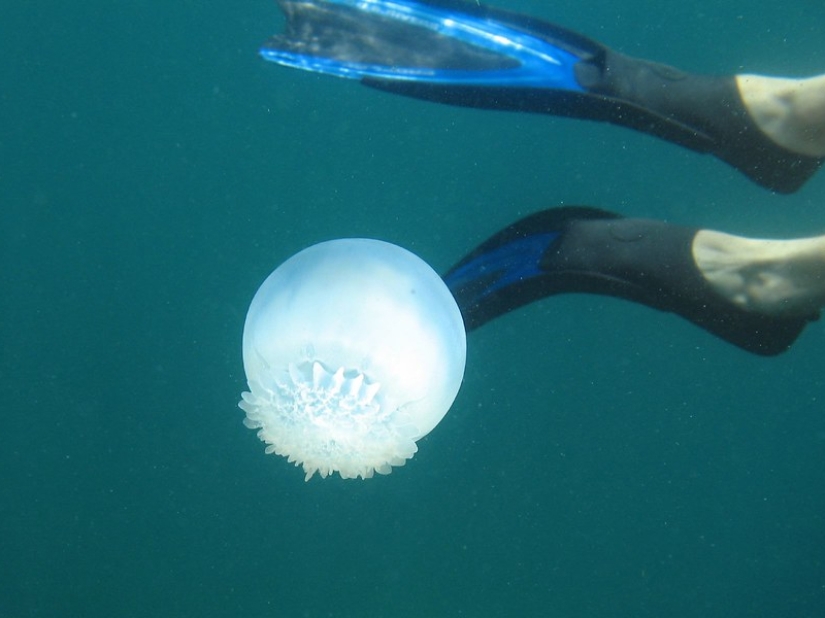
7. Cornerota (Stomolophus meleagris)
The spherical dome of this jellyfish is somewhat reminiscent of a cannonball, which is why the second name for this jellyfish appeared - the cannon jellyfish. The venom of this jellyfish contains toxins that can cause heart problems in humans. However, this did not prevent some Asian countries from eating these jellyfish (after appropriate processing, of course).
Keywords: Jellyfish | Dangerous jellyfish | Underwater world | World | Water | Sea | Eccentric appearance | Danger | Dangerous sea animals | Heterogeneity
Post News ArticleRecent articles

Sometimes, just one clever angle is enough to turn an ordinary shot into a puzzle. This collection features 22 photos where ...

The history of the Blanchard family happened back in 2015, but it is still being talked about. The brutal murder of Dee Dee ...
Related articles

Probably everyone of us have encountered jellyfish while relax in seaside resorts, and usually meeting with these underwater ...

The depths of the sea pose a lot of interesting things. Photographer from Australia dives into the depths of the amazing underwater ...

Shannon Leah Myers (Shannon Leah Myers) — a 31-year-old diver from New Zealand, which is often pleasing to the online ...

Oscar Wilde once said, "Life imitates art even more than art imitates life." And after viewing the photos that we have collected ...